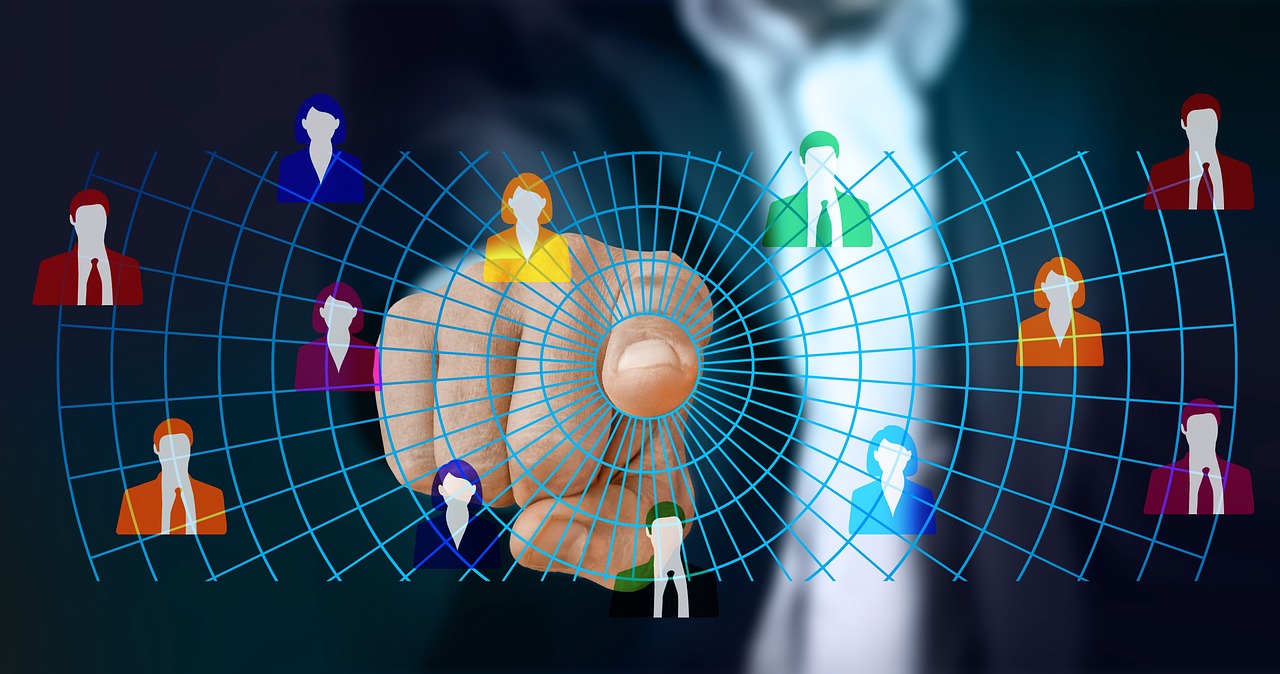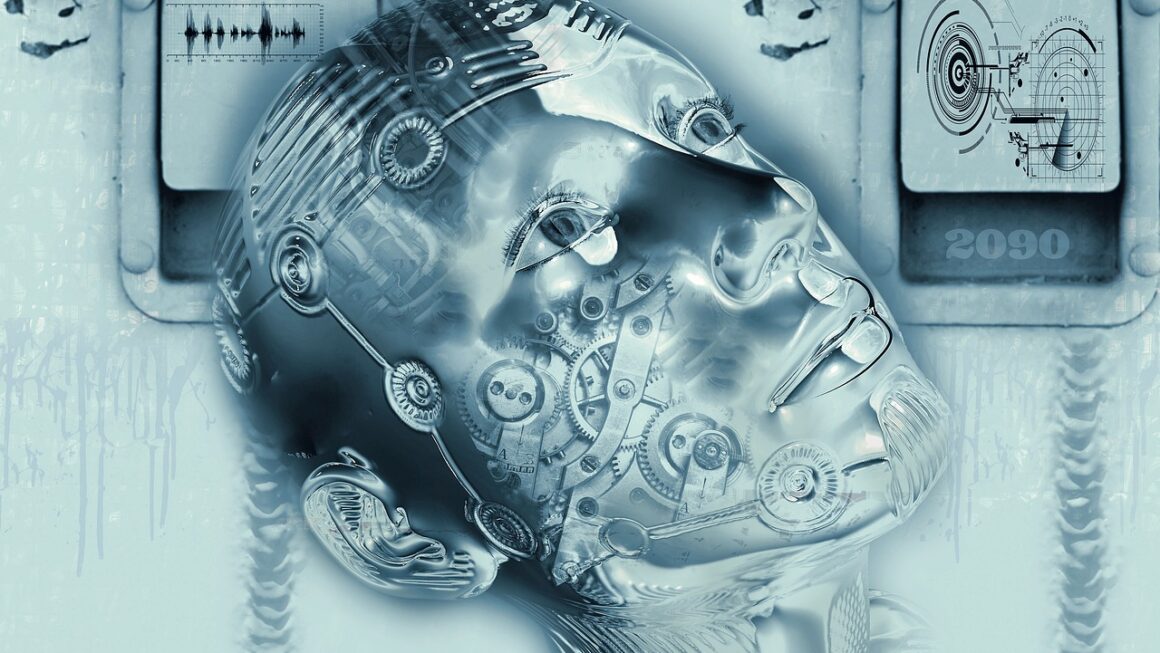The artificial intelligence (AI) industry is no longer a futuristic fantasy confined to science fiction. It’s a rapidly evolving reality, transforming businesses, reshaping industries, and impacting our daily lives in profound ways. From self-driving cars to personalized medicine, AI’s influence is undeniable, and understanding its nuances is becoming increasingly crucial for professionals and consumers alike. This blog post delves into the multifaceted world of AI, exploring its key components, applications, and the challenges that lie ahead.
Understanding the AI Landscape
Defining Artificial Intelligence
AI, at its core, refers to the ability of a computer or machine to mimic human intelligence. This encompasses a broad range of capabilities, including:
- Learning: Acquiring information and rules for using the information.
- Reasoning: Using rules to reach approximate or definite conclusions.
- Problem-solving: Finding solutions to complex challenges.
- Perception: Gathering and interpreting sensory input (e.g., vision, sound).
- Natural Language Processing (NLP): Understanding and generating human language.
Key Technologies Driving AI
Several underlying technologies power the advancements we see in AI:
- Machine Learning (ML): Algorithms that learn from data without explicit programming. For example, Netflix uses ML to predict what movies and shows you might enjoy based on your viewing history.
- Deep Learning (DL): A subset of ML that uses artificial neural networks with multiple layers to analyze data in a more sophisticated way. Image recognition software, like that used in autonomous vehicles, heavily relies on deep learning.
- Natural Language Processing (NLP): Focuses on enabling computers to understand, interpret, and generate human language. Examples include chatbots that provide customer service or sentiment analysis tools that gauge public opinion on social media.
- Computer Vision: Allows computers to “see” and interpret images and videos. Applications range from facial recognition to quality control in manufacturing.
- Robotics: Integrates AI with physical machines to perform tasks autonomously. Examples include robots used in warehouses for inventory management or surgical robots that assist surgeons with complex procedures.
The Current State of the AI Market
The AI market is experiencing exponential growth. According to market research firms, the global AI market size is projected to reach hundreds of billions of dollars in the coming years. This growth is driven by:
- Increasing adoption of AI solutions across various industries.
- Growing availability of data and computing power.
- Significant investments in AI research and development.
- The increasing need for automation and efficiency.
AI Applications Across Industries
AI in Healthcare
AI is revolutionizing healthcare in numerous ways:
- Diagnosis and Treatment: AI-powered diagnostic tools can analyze medical images (X-rays, CT scans) to detect diseases like cancer with greater accuracy and speed.
- Personalized Medicine: AI can analyze patient data to tailor treatment plans based on individual genetic profiles and lifestyle factors.
- Drug Discovery: AI can accelerate the drug discovery process by identifying potential drug candidates and predicting their efficacy.
- Robotic Surgery: Robotic surgical systems enhance precision and reduce invasiveness in surgical procedures.
- Example: IBM Watson Oncology assists oncologists in making treatment decisions by analyzing patient data and providing evidence-based recommendations.
AI in Finance
The financial industry is leveraging AI for:
- Fraud Detection: AI algorithms can analyze transactions in real-time to detect and prevent fraudulent activities.
- Algorithmic Trading: AI-powered trading systems can execute trades automatically based on predefined parameters, maximizing profits and minimizing risks.
- Risk Management: AI can assess credit risk and predict potential defaults with greater accuracy.
- Customer Service: AI-powered chatbots provide instant customer support and answer frequently asked questions.
- Example: Banks use AI to analyze customer spending patterns and identify suspicious transactions that could indicate fraud.
AI in Manufacturing
AI is transforming manufacturing through:
- Predictive Maintenance: AI algorithms can analyze sensor data from equipment to predict potential failures and schedule maintenance proactively, reducing downtime.
- Quality Control: AI-powered vision systems can inspect products for defects with greater accuracy and speed than human inspectors.
- Process Optimization: AI can optimize manufacturing processes to improve efficiency and reduce waste.
- Robotics Automation: Robots equipped with AI can perform repetitive or dangerous tasks, increasing productivity and safety.
- Example: Factories use AI-powered robots to assemble products with greater precision and speed, reducing manufacturing costs.
AI in Retail
Retailers are using AI to:
- Personalized Recommendations: AI algorithms analyze customer data to provide personalized product recommendations, increasing sales and customer loyalty.
- Inventory Management: AI can predict demand and optimize inventory levels, reducing stockouts and minimizing holding costs.
- Customer Service: AI-powered chatbots provide instant customer support and answer product-related questions.
- Supply Chain Optimization: AI can optimize supply chain logistics, reducing delivery times and improving efficiency.
- Example: Amazon uses AI to personalize product recommendations, optimize inventory levels, and provide efficient delivery services.
The Ethical and Societal Implications of AI
Bias and Fairness
- AI algorithms can inherit biases from the data they are trained on, leading to unfair or discriminatory outcomes. It’s crucial to carefully evaluate training data and implement bias mitigation techniques.
- Example: Facial recognition systems trained primarily on images of one race may perform poorly on individuals of other races.
Job Displacement
- The automation potential of AI raises concerns about job displacement in certain industries. Reskilling and upskilling initiatives are essential to prepare the workforce for the future of work.
- Example: The increasing automation of customer service roles through chatbots may lead to job losses for human customer service representatives.
Privacy and Security
- AI systems often require access to large amounts of personal data, raising concerns about privacy and security. Robust data protection measures are necessary to safeguard sensitive information.
- Example: AI-powered surveillance systems raise concerns about privacy violations and the potential for misuse of personal data.
Accountability and Transparency
- It can be difficult to understand how AI algorithms make decisions, raising questions about accountability and transparency. Explainable AI (XAI) techniques are being developed to make AI decision-making more transparent and understandable.
- Example: When an AI system denies someone a loan, it can be difficult to understand the reasons for the denial, making it challenging to challenge the decision.
Overcoming Challenges in AI Implementation
Data Quality and Availability
- AI algorithms require large amounts of high-quality data to train effectively. Organizations need to invest in data collection, cleaning, and preparation efforts.
- Tip: Implement robust data governance policies to ensure data quality and consistency.
Skills Gap
- There is a shortage of skilled AI professionals, including data scientists, machine learning engineers, and AI researchers. Organizations need to invest in training and development programs to bridge the skills gap.
- Tip: Partner with universities and educational institutions to offer AI-related courses and training programs.
Integration with Existing Systems
- Integrating AI solutions with existing IT systems can be complex and challenging. Organizations need to carefully plan their AI implementation strategies and ensure compatibility with existing infrastructure.
- Tip: Adopt a modular approach to AI implementation, starting with small-scale projects and gradually expanding as needed.
Cost and ROI
- Implementing AI solutions can be expensive, requiring significant investments in hardware, software, and personnel. Organizations need to carefully evaluate the potential return on investment (ROI) before embarking on AI projects.
- Tip: Focus on AI projects that address specific business challenges and have a clear potential for ROI.
Conclusion
The AI industry is poised for continued growth and innovation, promising to transform our world in ways we can only begin to imagine. However, it’s crucial to address the ethical and societal implications of AI to ensure that it is used responsibly and for the benefit of humanity. By understanding the key technologies, applications, and challenges of AI, organizations and individuals can prepare for the future and harness the power of AI to drive innovation, improve efficiency, and solve complex problems. As AI continues to evolve, staying informed and adaptable will be crucial for navigating this rapidly changing landscape.




